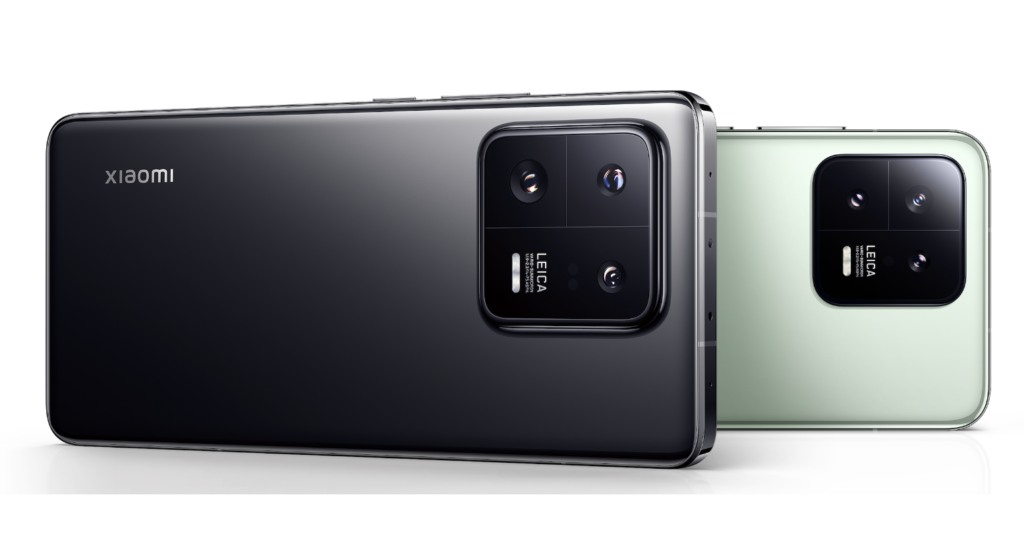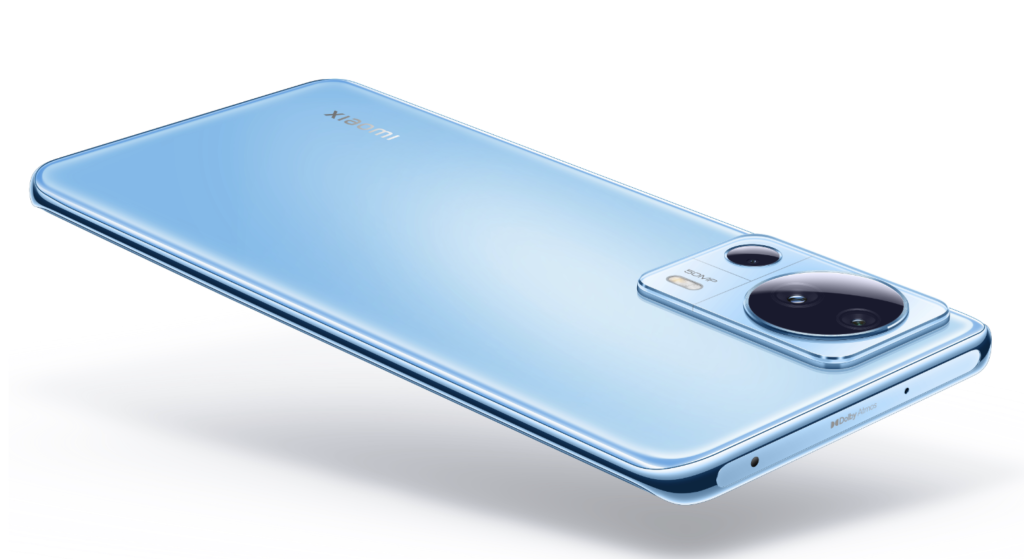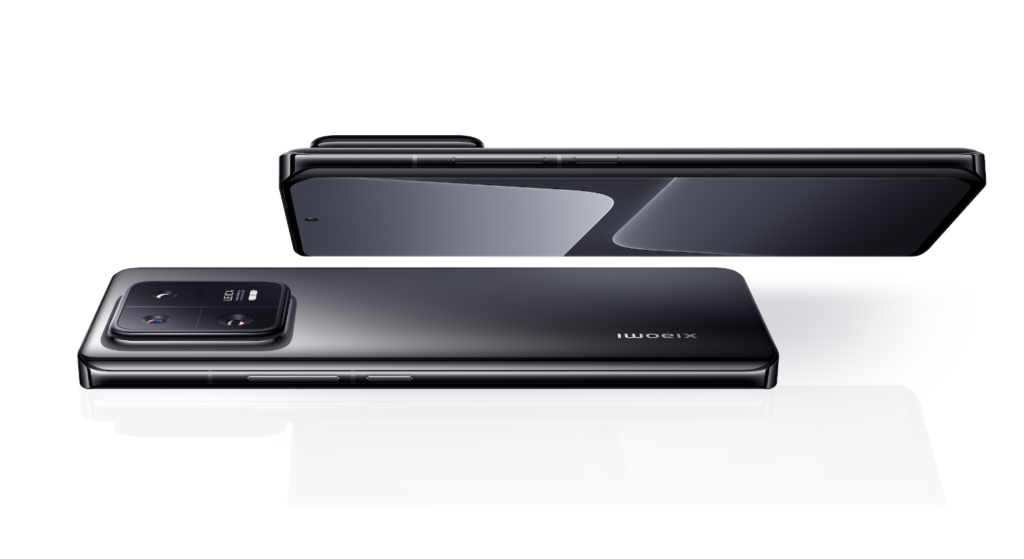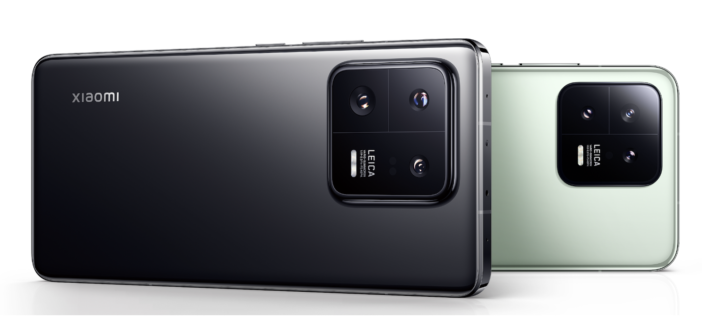The Mobile World Congress (MWC) is back in full force, and with it comes a barrage of new tech products, including computers, software, and most of all, smartphones. With that said, Xiaomi has just unveiled its latest batch of phones for markets and buyers the world over.
More specifically, the Xiaomi 13 series makes it debut today, with a trio of phones leading Xiaomi’s charge into consumer pockets once more. Will the new phones be enough to convince buyers to go with Xiaomi this year though? Let’s take a quick look.
Xiaomi 13

First up, we have the Xiaomi 13 which is the more “standard” device of the bunch. The phone comes with a 6.36-inch AMOLED display, complete with a FHD+ resolution and a 120Hz AdaptiveSync refresh rate, which should provide vibrant colours and contrast for users. Powering the phone is Qualcomm’s Snapdragon 8 Gen 2 chipset, paired up with LPDDR5X RAM with UFS 4.0 storage. The phone will be available in 8GB+256GB and 12GB+256GB storage options.
in terms of imaging hardware, the Xiaomi 13 will come equipped with a triple camera setup on the back with a 50MP main sensor, that the company says comes with professional optical lenses from camera brand Leica. Additionally, the phone features a telephoto lens based on Leica’s 75mm Noctilux-M lens, as well as an ultra-wide lens to round things out. Xiaomi is going all-in on its partnership with Leica, incorporating several Leica-branded software features into the camera.
in terms of battery, the phone packs a 4,500mAh battery with support for 67W fast charging, 50W wireless charging, and 10W reverse wireless charging. One thing to take note of is that the phone starts at €1,000, a big jump in cost from the company’s older pricing strategy of launching flagship-level handsets with considerably lower prices versus the competition.
Xiaomi 13 Lite

Up next is the more affordable variant in the line-up, aptly called the Xiaomi 13 Lite. Designed to compete with handsets such as the Google Pixel A-series and Samsung Galaxy A-series, the phone tones down the specs sheet for a more wallet-friendly experience overall, although this doesn’t necessarily mean a complete compromise with hardware.
The 13 Lite features a 6.55-inch display with an FHD+ resolution, which thankfully still comes with a 120Hz refresh rate with support for Dolby Vision and HDR10+. Beating inside the phone is the Qualcomm Snapdragon 7 Gen 1 chipset, and comes in 8GB+128GB and 8GB+ 256GB RAM versions. The device also features a triple camera setup on the back which includes a 50MP wide angle Sony IMX766 sensor, an 8MP Sony IMX355 ultrawide angle camera, and a 2MP macro lens. Other specs include a 4,500 mAh battery with support for 67W wired charging.
As for pricing, the Xiaomi 13 Lite takes a more budget-conscious approach, and will come with a starting price of around €500.
Xiaomi 13 Pro

The granddaddy of the bunch, the Xiaomi 13 Pro comes with some similar specs to the standard 13 model, although it amps up some of its hardware. There’s a larger 6.73-inch display with a WQHD+ resolution, and likewise comes with a 120Hz variable refresh rate. It’s also powered by the Qualcomm Snapdragon 8 Gen 2 chipset, although it comes with 12GB RAM for the base model plus 256GB of internal storage, which can be bumped up to 512GB.
In terms of optics, the Xiaomi 13 Pro features a 50MP main sensor with a 23mm f/1.9 main camera with a 50MP Sony IMX989 1-inch sensor, a commendable move on Xiaomi’s part given that 1-inch sensors aren’t commonplace on a lot of smartphones (at least at the moment). The phone will support 8K video recording, Dolby Vision up to 4K at 60 fps, and Xiaomi’s ProFocus mode. Other camera specs include a 75mm f/2.0 Leica floating telephoto camera with OIS, and a 14mm f/2.2 Leica ultrawide camera.
As for battery, the Xiaomi 13 Pro packs a 4,820 mAh battery, complete with support for 120W fast-charging, 50W wireless charging, and 10W reverse wireless charging. All of this hardware is wrapped up in a design which comes with an IP68 rating for dust and water resistance.
Should you wish to purchase the 13 Pro, the phone will be available in Ceramic Black and White, with a starting price of €1,300. This puts its cost way above other phones like the Pixel 7 Pro and OnePlus 11, and more in line with phones from Apple and Samsung – a bold move we should say. With that in mind, it should be interesting to see how the phone performs over time, both in user experience and sales.





1 Comment
Pingback: Qualcomm Showcases Big Partnerships for Satellite Communication Technology